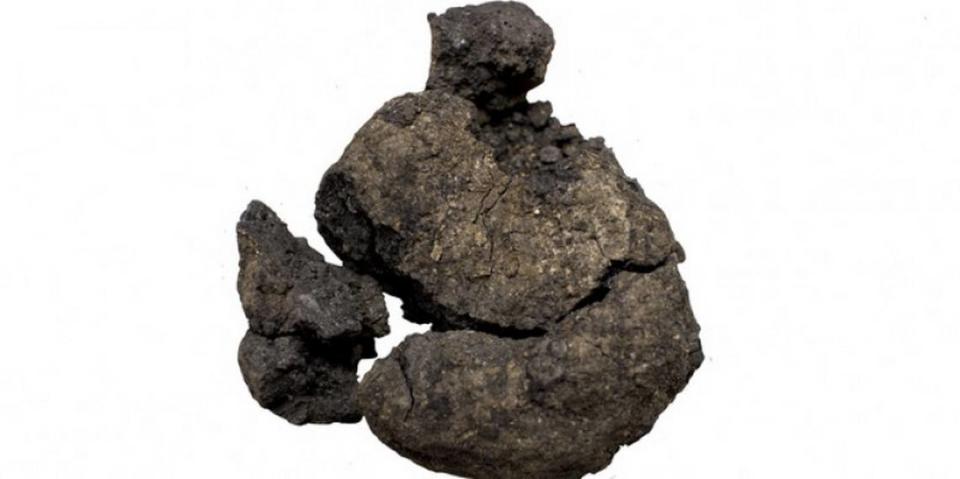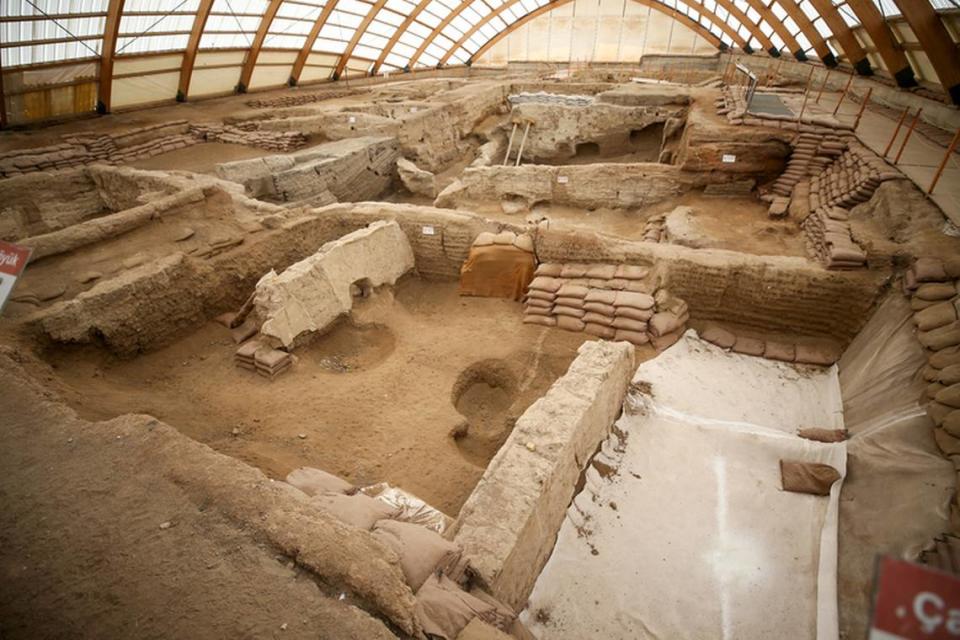8,600-year-old bread — oldest of its kind — found near oven in Turkey, experts say
A baker mixed flour and water into dough, shaped the spongy substance into a ball, and left the uncooked loaf near an oven. That was over 8,000 years ago.
Excavations in Turkey recently uncovered the abandoned dough —and discovered the “world’s oldest bread.”
Archaeologists found the palm-sized, spongy substance near a destroyed oven at the Çatalhöyük ruins, the Science and Technology Research and Application Center at Necmettin Erbakan University said in a March 6 news release.
The spongy substance was made of organic materials and preserved due to a layer of clay, Necmettin Erbakan University said in a March 5 news release. Archaeologists immediately suspected it was bread.
And they were right.
Experts in archaeobotany identified the find as uncooked bread from 6600 B.C., the university said. A photo shows the dark brown, crumbly looking bread.
“This finding in Çatalhöyük is the world’s oldest bread,” the head of the excavation, Ali Umut Turkcan, told Anadolu Agency, a Turkish state-run newspaper.

Uncover more archaeological finds
What are we learning about the past? Here are three of our most eye-catching archaeology stories from the past week.
→ Emerald green artifact 'ignored' for 80 years was 'rare' 500-year-old find
→ 2,400-year-old underground discovery stumped experts for decades — until now
→ Stone sarcophagi went unopened for 600 years — until now. See what was found inside
The 8,600-year-old bread dough was made of barley, wheat and peas, one of the researchers involved in the analysis, Salih Kavak, said in the release. The flour had been mixed with water and left to ferment, Kavak said.
“It’s a miniature version of a loaf of bread,” Turkcan told Anadolu Agency. “It hasn’t been baked in the oven but has fermented, preserving the starches. Such an example hasn’t existed until now.”
Kavak told Anadolu Agency that the bread was an “unprecedented discovery.”
Experts analyzed the chemical and physical properties of the bread and used radiocarbon dating to determine its age, the university said.

Çatalhöyük is one of the earliest examples of urbanization and was occupied from 7400 B.C. to 6200 B.C., according to the UNESCO World Heritage Convention. Its ruins include a densely populated area with houses clustered together that could be accessed from the roof.
Çatalhöyük is in southern Turkey and about 415 miles southeast of Istanbul.
Google Translate was used to translate the news release from Necmettin Erbakan University and the Instagram post from the university’s Science and Technology Research and Application Center (BİTAM).
Gold treasure trove uncovered in 1,200-year-old elite burial in Panama. Take a look
Someone lost a gold ring 500 years ago. It was just found — in nearly new condition
Ancient board game — dating back over 3,000 years — discovered in Spain. Take a look

